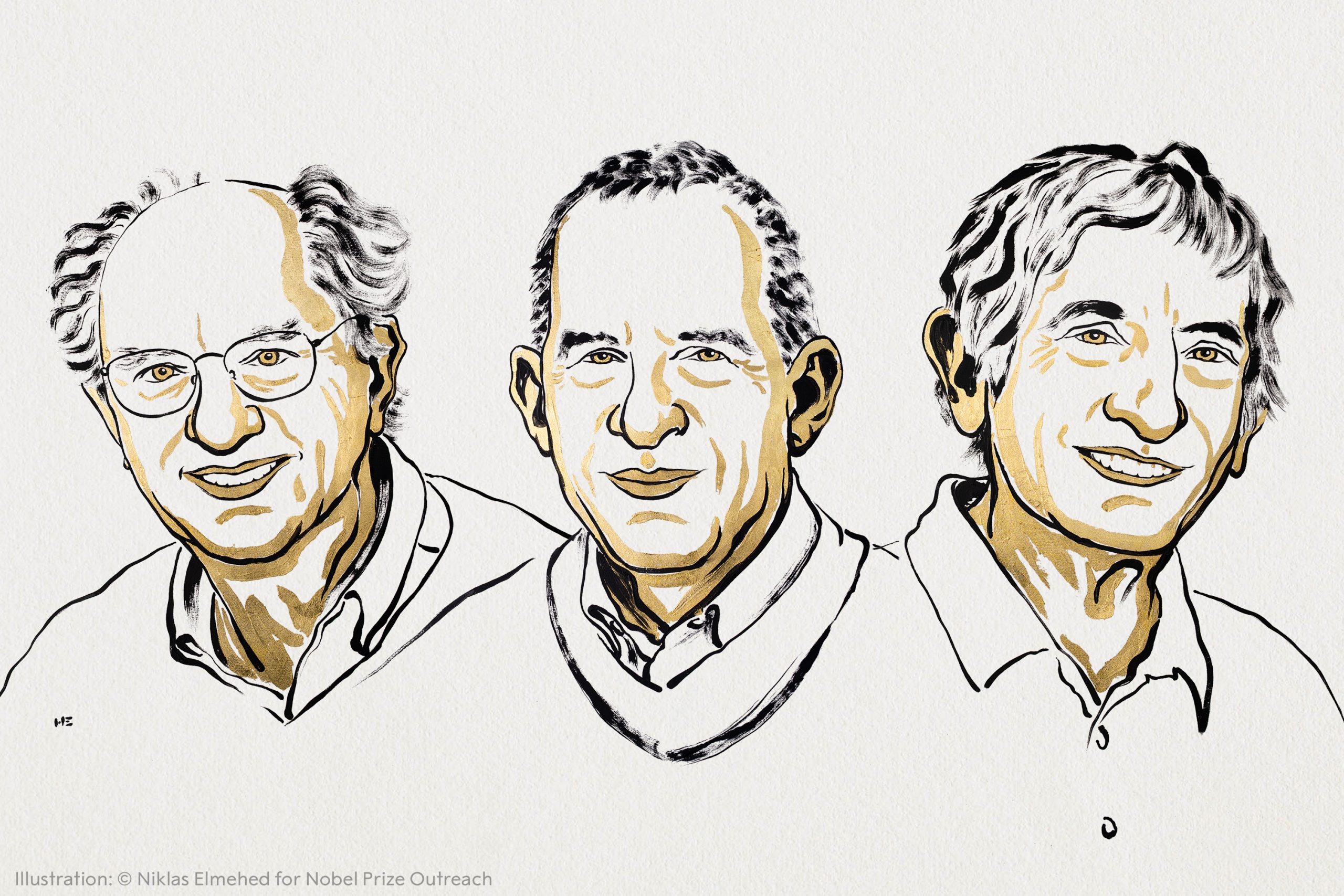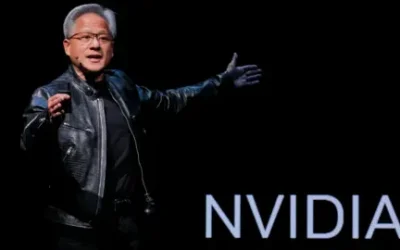Three pioneering scientists have been honored with the 2025 Nobel Prize in Physics for their groundbreaking discovery: revealing the principles of quantum mechanics at a previously unprecedented, macroscopic scale. Their collective work demonstrates these fundamental quantum phenomena operating within objects substantial enough to be held in one’s hand.
John Clarke of the University of California, Berkeley; Michel H. Devoret, affiliated with Yale University and the University of California, Santa Barbara; and John M. Martinis, also from the University of California, Santa Barbara, have been awarded a prestigious prize. The honor recognizes their pivotal discovery of macroscopic quantum mechanical tunneling and energy quantization within an electric circuit.
In Stockholm, Sweden, the Royal Swedish Academy of Sciences announced the laureates of the 119th Nobel Prize in Physics on Tuesday, October 10. The esteemed award is accompanied by a cash prize of 11 million Swedish kronor, approximately $1.2 million.
Speaking via phone during a news conference, Clarke openly admitted his profound astonishment, describing the news as “the surprise of my life.” He confessed to being “completely stunned,” adding that the notion of his work forming the basis of a Nobel Prize had “never occurred” to him.
His pivotal discovery, the technological foundation for advanced microchips found in numerous modern technologies, including smartphones, is now reportedly being harnessed to advance the development of quantum computers.
Researchers Clarke, Devoret, and Martinis conducted pivotal experiments, successfully illustrating quantum mechanical tunneling and quantized energy levels within an electrical circuit. What made their findings particularly remarkable, as highlighted by The Royal Swedish Academy of Sciences, was the circuit’s unprecedented size for such quantum phenomena—it was “big enough to hold in your hand.”
Quantum tunneling allows particles to penetrate barriers that would typically be considered impassable. This counterintuitive ability stems from a fundamental principle in quantum physics: particles simultaneously exist as both waves and discrete entities. These associated waves effectively represent the statistical probability of finding the particle in any given location.
In a phenomenon akin to a sea wave continuing as a smaller ripple after striking a barrier, subatomic particles, which possess wave-like characteristics, exhibit a quantifiable probability of penetrating obstacles. This quantum tunneling effect is pivotal, allowing electrons to traverse material layers that, by the tenets of large-scale classical physics, would be considered entirely impassable.
Quantum tunneling was initially understood as a phenomenon restricted to single particles. However, physicists soon began to explore whether multiple particles could tunnel simultaneously. A promising avenue for this involves supercooling materials, which transforms them into superconductors by prompting electrons to coalesce into “Cooper pairs.”
Cooper pairs operate under quantum mechanical rules that diverge significantly from those of isolated electrons. Rather than arranging themselves into stacked energy shells, these pairs behave much like photons, an infinite number of which can simultaneously occupy a single point in space. When a material generates a sufficient quantity of these Cooper pairs, they coalesce into a superfluid, enabling current to flow without any energy loss due to electrical resistivity.
In the mid-1980s, researchers conducted pivotal experiments by engineering a Josephson junction. This specialized setup involved precisely sandwiching two superconductors between a thin insulating barrier. The scientific team first meticulously shielded their custom-built junction from external interference, then proceeded to feed a weak electrical current into it.
Initially, the circuit displayed no voltage, indicating that current was not traversing the barrier. However, through repeated experimental trials, researchers subsequently detected the sporadic appearance of a voltage across the apparatus. This crucial finding confirmed that electrons were indeed tunneling through the system, remarkably behaving as a single, large-scale particle.
Experiments involving the absorption of microwave radiation by electrons have revealed a surprising aspect of Cooper-paired electrons: despite existing in a macroscopic, collective state, they exhibit discrete, quantized energy levels.
The practical utility of this discovery spans widely, influencing both physics and numerous other scientific fields. This composite system, commonly referred to as an “artificial atom,” has served as a pivotal foundation for a multitude of experiments and the advancement of cutting-edge quantum technologies.
Olle Eriksson, chair of the Nobel Committee for Physics, emphasized the remarkable enduring nature of quantum mechanics, noting that the century-old field continues to yield new and surprising discoveries. He further highlighted its profound practical importance, stating that it serves as the fundamental basis for all digital technology.







